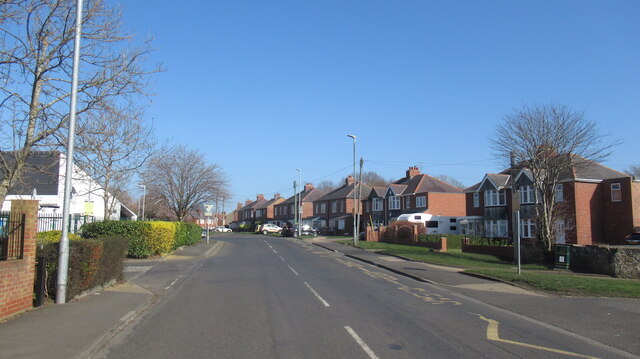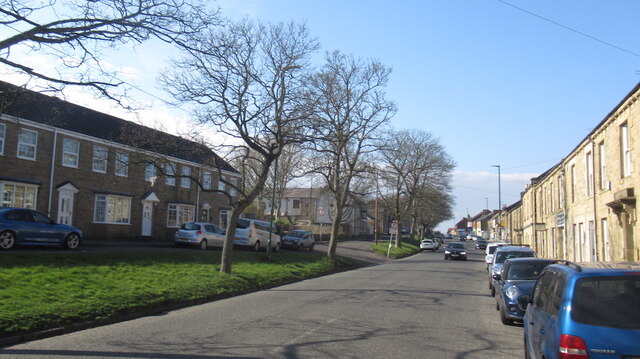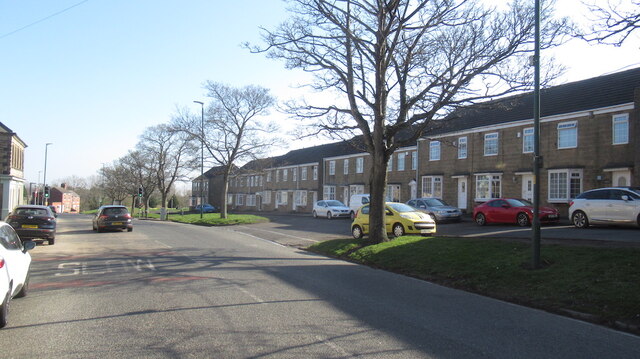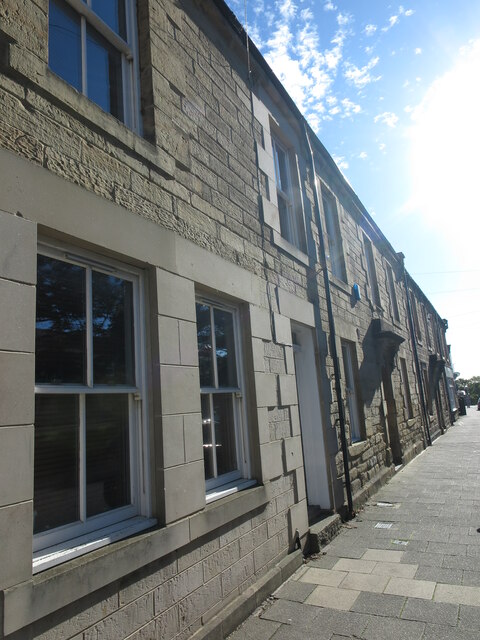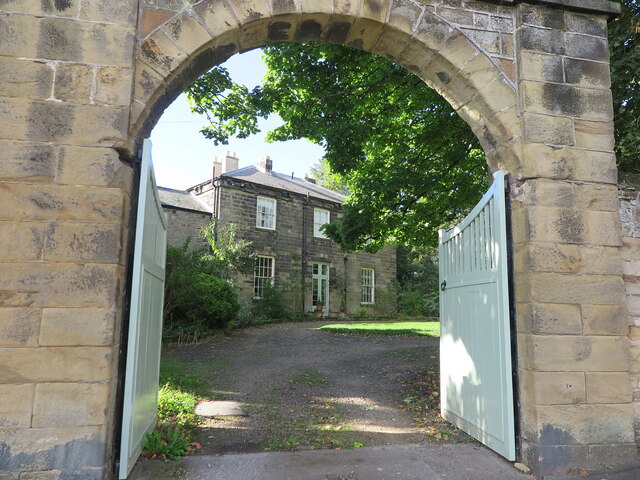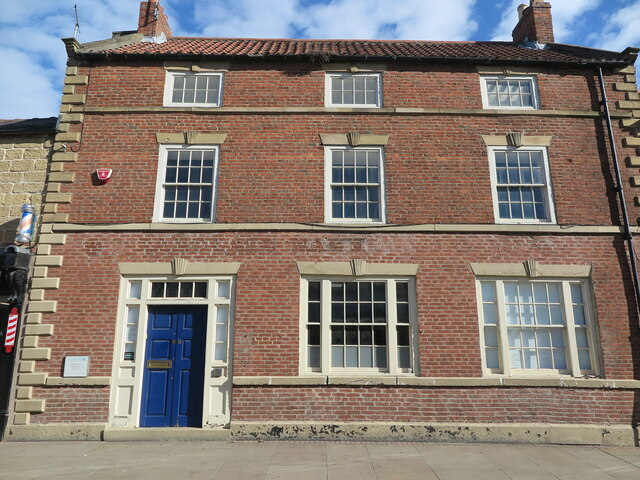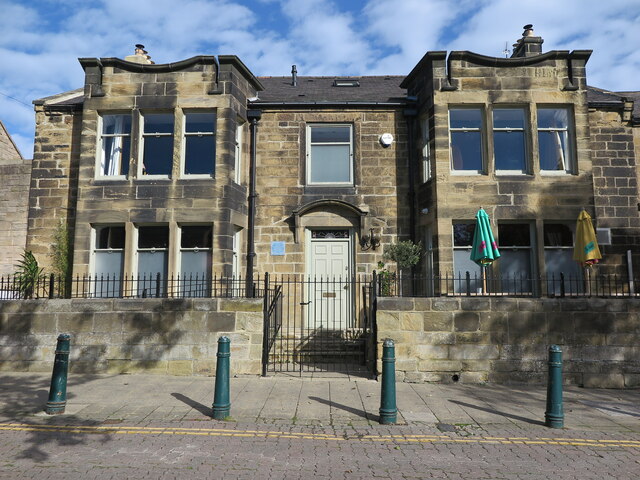Attlee Park
Urban Greenspace in Northumberland
England
Attlee Park
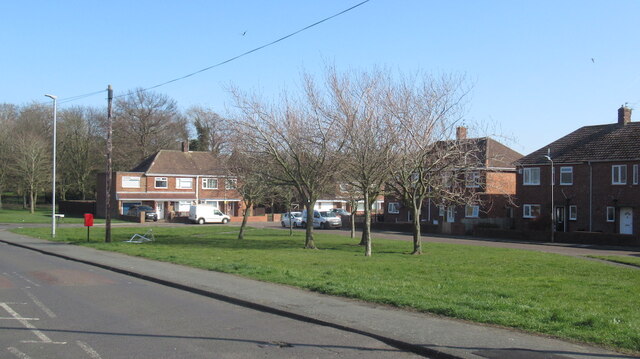
Attlee Park is a charming urban greenspace located in Northumberland, England. Spanning across approximately 5 acres, this park offers a tranquil escape from the hustle and bustle of city life. Named after the former British Prime Minister Clement Attlee, it serves as a testament to his dedication to public welfare and the promotion of community spaces.
The park features a well-manicured landscape with a variety of mature trees, vibrant flowerbeds, and well-maintained lawns. A network of paved pathways crisscrosses the park, providing visitors with easy access and a leisurely stroll through its serene environment. Along these pathways, benches and picnic tables are strategically placed, inviting individuals and families to rest and enjoy their surroundings.
A notable feature of Attlee Park is its children's play area, equipped with modern and safe recreational equipment. This allows young visitors to engage in physical activity while also fostering their creativity and imagination. Additionally, there is a designated space for sports activities, providing ample space for games such as football or cricket.
Attlee Park also boasts a small pond, creating a haven for wildlife enthusiasts. The pond attracts various species of birds, ducks, and other aquatic creatures, offering a delightful sight for nature lovers. Furthermore, the park hosts occasional community events and gatherings, such as summer concerts or art exhibitions, adding a vibrant atmosphere to the space.
Overall, Attlee Park in Northumberland is a well-loved urban greenspace that offers a peaceful retreat for individuals of all ages. Its well-kept grounds, diverse amenities, and natural beauty make it a cherished asset for the local community and an inviting destination for visitors seeking solace in nature.
If you have any feedback on the listing, please let us know in the comments section below.
Attlee Park Images
Images are sourced within 2km of 55.125263/-1.5845295 or Grid Reference NZ2681. Thanks to Geograph Open Source API. All images are credited.
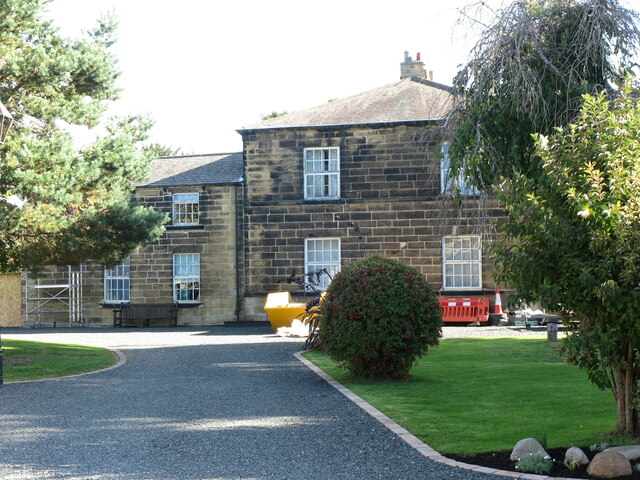
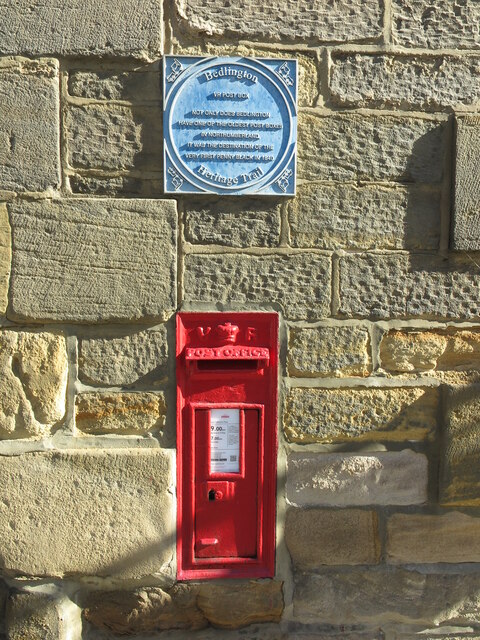
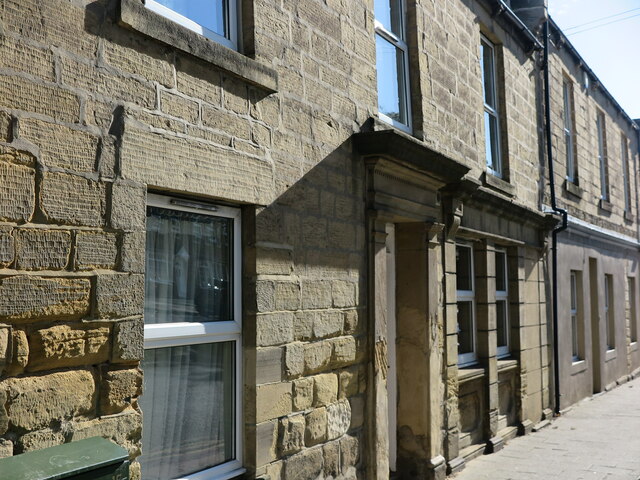
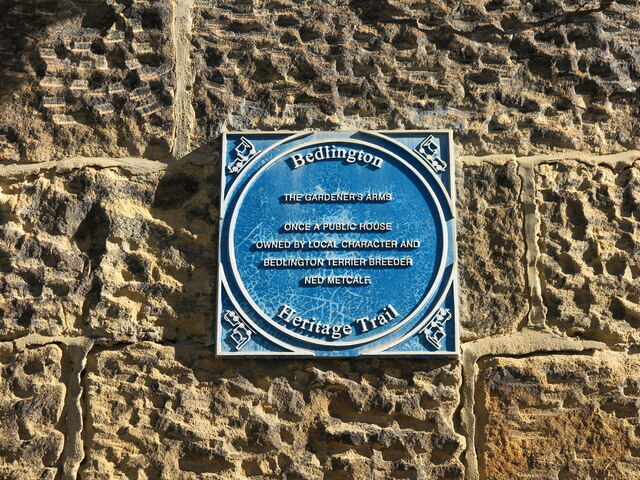
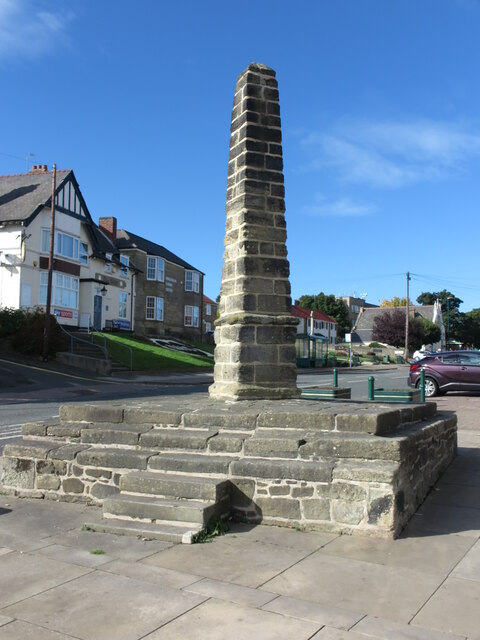





Attlee Park is located at Grid Ref: NZ2681 (Lat: 55.125263, Lng: -1.5845295)
Unitary Authority: Northumberland
Police Authority: Northumbria
What 3 Words
///jumbled.universes.poorly. Near Bedlington, Northumberland
Nearby Locations
Related Wikis
Bebside
Bebside is a village and former civil parish, now in the parish of Blyth, in Northumberland, in England. It is situated to the west of Blyth. It was formerly...
Bedlington Ironworks
Bedlington Ironworks, in Blyth Dene, Northumberland, England, operated between 1736 and 1867. It is most remembered as the place where wrought iron rails...
Bedlington Terriers F.C.
Bedlington Terriers Football Club is a football club based in Bedlington, England. The club are currently members of the Northern League Division Two and...
Bedlington
Bedlington is a town and former civil parish in Northumberland, England, with a population of 18,470 measured at the 2011 Census.Bedlington is an ancient...
Nearby Amenities
Located within 500m of 55.125263,-1.5845295Have you been to Attlee Park?
Leave your review of Attlee Park below (or comments, questions and feedback).
